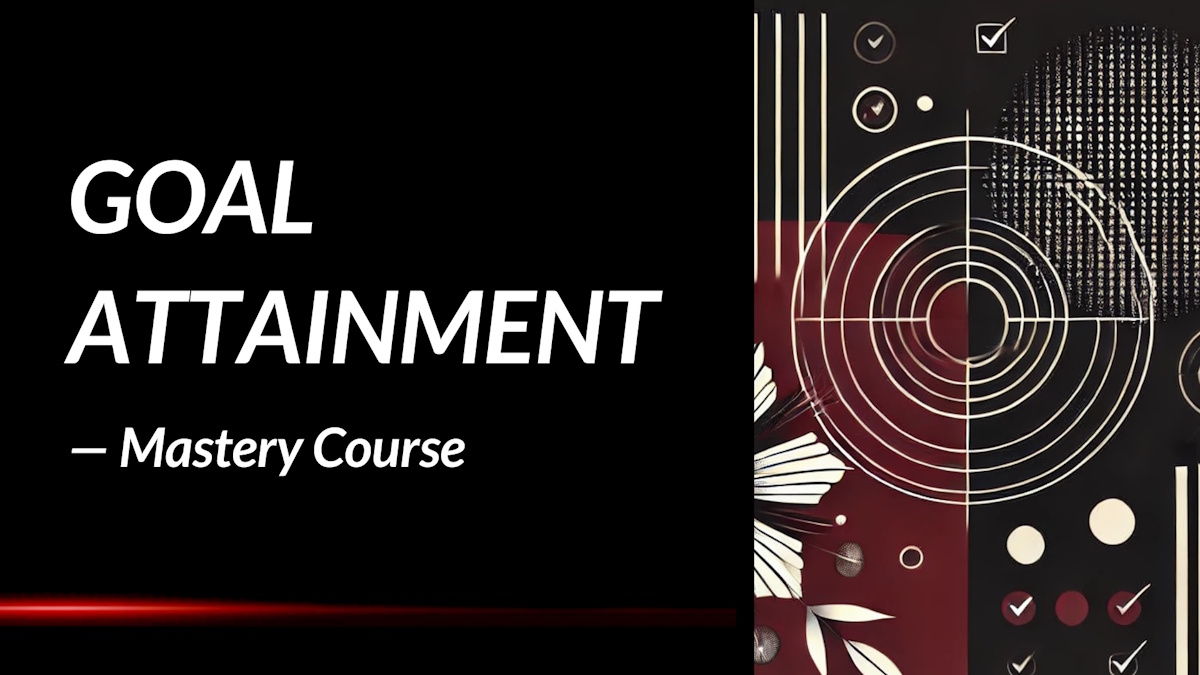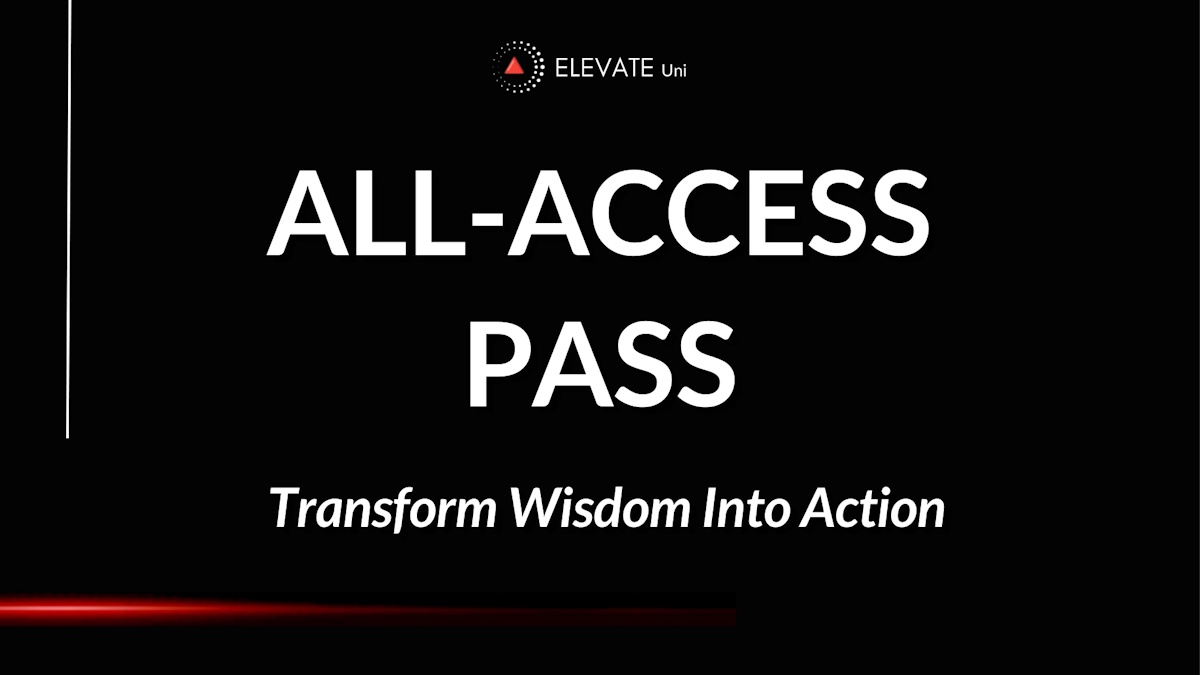The Silence of Your Name: Summary Review
Have you ever faced a moment so profound that it reshaped your entire existence? In "The Silence of Your Name: The Afterlife of a Suicide," Alexandra Marshall delves into such a transformative experience, offering readers an intimate exploration of love, loss, and the journey toward healing.
What is the Book About?
In this poignant memoir, Alexandra Marshall recounts the tragic suicide of her husband, Tim Buxton, during their time in Ghana with Operation Crossroads Africa—a precursor to the Peace Corps. Through vivid storytelling, Marshall unveils the layers of Tim's concealed family history, intertwined with Boston's elite social circles and marked by the enigmatic deaths of figures like publisher Harry Crosby and Tim's aunt, Josephine Rotch Bigelow. By navigating these distinct eras, she sheds light on the corrosive effects of denial that permeate across generations and social classes.
As Marshall endeavors to rebuild her life as a young widow and novelist, she finds guidance from literary luminary Philip Roth while confronting the lingering shadows of grief. Decades later, her path leads her back to Ghana, where she reconnects with a royal Queen-Mother and the compassionate community that once embraced her during her darkest times. This full-circle journey underscores the enduring impact of past relationships and the universal quest for understanding and closure.
Book Details
Print length: 252 pages
Language: English
Publication date: November 7, 2021
Genre: Memoir
Book Author
Core Theme
At its heart, "The Silence of Your Name" explores the intricate tapestry of grief and the enduring quest for meaning following an unfathomable loss. Marshall's narrative confronts the silent aftermath of suicide, delving into the unspoken emotions and unanswered questions that haunt those left behind. Her candid reflections invite readers into the depths of her sorrow, offering a raw and unfiltered portrayal of mourning.
Beyond personal grief, the memoir examines the pervasive nature of denial within familial and societal contexts. By unraveling her husband's concealed lineage and its ties to historical tragedies, Marshall highlights how unaddressed secrets and suppressed emotions can reverberate through generations, shaping identities and influencing future relationships.
Main Lessons
A few impactful summary lessons from The Silence of Your Name: The Afterlife of a Suicide:
1. Embracing Grief as a Journey, Not a Destination
Grief is often portrayed as a singular moment of loss, but in reality, it unfolds as a long and complex journey. Alexandra Marshall’s experience following her husband's suicide exemplifies how grief intertwines with every facet of life. She shows that acceptance doesn’t arrive abruptly but rather emerges slowly, influenced by time, reflection, and reconnection with memories. Instead of seeking an end to pain, she learns to navigate it, allowing grief to evolve into a deeper understanding of love and loss. By revisiting the place where tragedy struck years later, she discovers that while wounds remain, they no longer define her. Grief’s transformation is gradual, but in accepting this, one learns to coexist with sorrow without being consumed by it.
2. The Power of Reclaiming Your Narrative
When tragedy strikes, it’s easy to let others dictate your story, either through silence or their interpretations. Marshall wrestles with this challenge, especially when her late husband’s death is cloaked in denial by his own family. Yet, through writing and storytelling, she reclaims her narrative, giving voice to her experiences rather than allowing them to be overshadowed by others' discomfort. She refuses to let her husband’s suicide be reduced to a whispered tragedy, instead sharing the raw truth and, in doing so, reclaiming her agency. This act of storytelling becomes both an assertion of self and a tribute to the complexity of love and loss.
3. The Courage to Confront Guilt and Self-Blame
Survivor’s guilt is an insidious force, often warping one’s memories and self-perception. Marshall’s memoir delves into the relentless self-questioning that followed her husband’s suicide, exploring how guilt can become a prison of self-judgment. In her journey, she learns that healing requires not just processing the loss but also forgiving oneself for perceived failures. Accepting that some questions may never have answers becomes an act of bravery, allowing her to step out of the shadow of guilt and live fully despite unresolved pain. This lesson challenges the notion that closure is neat or complete, highlighting instead the strength found in choosing self-compassion.
4. Finding Purpose Through Creativity and Expression
In the wake of profound loss, creativity can serve as both a refuge and a means of understanding oneself. Marshall’s transition from a grieving widow to a published author underscores how storytelling not only helped her process trauma but also offered a way to give meaning to her pain. Inspired by her interactions with literary figures like Philip Roth, she embraced writing as a form of movement—much like her previous dance training—where one word naturally flows into the next. This creative process allowed her to translate grief into art, ultimately transforming her sorrow into something constructive and life-affirming.
5. Healing Through Human Connection and Community
Isolation is often a byproduct of grief, but Marshall’s story emphasizes the necessity of human connection in the healing process. After her husband's death, she found solace not just in her own reflection but in the kindness of those around her, from friends who opened their homes to mentors who encouraged her creative pursuits. Years later, returning to Ghana and reconnecting with the community that once supported her offered a sense of closure and continuity. These relationships reminded her that while pain is intensely personal, sharing it with others can diminish its isolating power, fostering resilience through communal strength.
6. Embracing Imperfection in Coping with Loss
Marshall’s journey illustrates that there is no right way to grieve. From her initial shock and guilt to her gradual acceptance, each step is marked by imperfection and doubt. She grapples with feelings of inadequacy and the desire to rewrite past choices, but ultimately, she realizes that healing is messy and nonlinear. Accepting the imperfect process allows her to move forward without fixating on past mistakes. This lesson challenges the common notion of "moving on" as a flawless transition, advocating instead for a more nuanced understanding of resilience that honors both progress and setbacks.
7. Turning Pain into Purpose Without Erasing the Past
One of the most profound takeaways from Marshall’s story is the realization that healing does not mean erasing pain. Instead, it involves integrating the loss into one’s life story, allowing it to coexist with new experiences and joys. As she reflects on her journey, Marshall acknowledges that grief remains part of her, but it no longer consumes her identity. Writing her memoir becomes an act of both remembering and reclaiming her life, showing that purpose can arise not from forgetting but from transforming hurt into wisdom. This lesson resonates with anyone who has faced loss, reminding them that healing is not about moving beyond grief but learning to live with it.
Key Takeaways
Key summary takeaways from the book:
- The journey through grief is deeply personal and non-linear, requiring patience and self-compassion.
- Uncovering and confronting family secrets can be pivotal in understanding one's own identity and healing process.
- Supportive communities, even those far from home, play a crucial role in navigating life's darkest moments.
- Denial and silence within families can perpetuate cycles of pain, emphasizing the need for open communication.
- Personal growth often emerges from revisiting and reconciling with one's past experiences and relationships.
Book Strengths
Marshall's memoir is lauded for its eloquent prose and unflinching honesty. Readers appreciate her ability to weave intricate family histories with personal anecdotes, creating a narrative that is both intimate and universally resonant. The depth of her introspection and the courage to confront painful truths offer a compelling exploration of the human condition and the resilience of the human spirit.
Who This Book Is For
This memoir will resonate deeply with readers who have experienced loss or are grappling with complex family dynamics. Those interested in psychological explorations of grief, as well as readers who appreciate richly detailed personal narratives, will find Marshall's story both enlightening and cathartic.
Why Should You Read This Book?
"The Silence of Your Name" offers a profound exploration of the aftermath of suicide and the journey toward healing. Marshall's candid storytelling and insightful reflections provide readers with a deeper understanding of grief's complexities and the transformative power of confronting one's past. Engaging with this memoir promises not only a compelling narrative but also an opportunity for personal reflection and growth.
Concluding Thoughts
Alexandra Marshall's "The Silence of Your Name" stands as a poignant testament to the enduring human spirit in the face of unimaginable loss. Through her eloquent prose and unvarnished honesty, she invites readers into her world, sharing a journey marked by sorrow, discovery, and ultimately, healing. The memoir serves as a reminder that while grief may be a solitary path, the stories we share can illuminate the way for others navigating similar terrains.
By delving into the depths of personal and familial history, Marshall underscores the importance of confronting the past to understand the present. Her narrative encourages readers to embrace vulnerability, seek connections, and find solace in the shared human experience.
→ Get the book or audiobook on Amazon or discover more via the author's website.
* The publisher and editor of this summary review made every effort to maintain information accuracy, including any published quotes, lessons, takeaways, or summary notes.
Chief Editor
 Tal Gur is an author, founder, and impact-driven entrepreneur at heart. After trading his daily grind for a life of his own daring design, he spent a decade pursuing 100 major life goals around the globe. His journey and most recent book, The Art of Fully Living, has led him to found Elevate Society.
Tal Gur is an author, founder, and impact-driven entrepreneur at heart. After trading his daily grind for a life of his own daring design, he spent a decade pursuing 100 major life goals around the globe. His journey and most recent book, The Art of Fully Living, has led him to found Elevate Society.

















